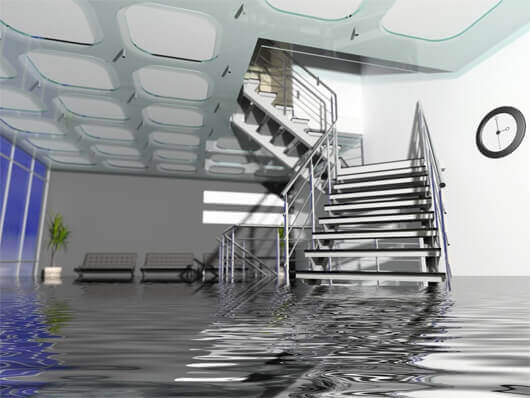
A flooded basement is a common problem homeowners face during heavy rains or floods. The damage caused by flooding can be devastating, leaving you with a mess that requires immediate attention.
Cleaning up a flooded basement can be overwhelming, but you can get your home back to its original condition with the right tools and steps. In this article, we will discuss the steps you need to take when cleaning up a flooded basement.
1. Ensure Safety First
Before cleaning up the flooded basement, safety should be your top priority. Turn off the power supply to your basement to avoid electrocution.
If you cannot access the power supply from a dry area, call a professional electrician to do it for you. Wear protective gear such as rubber boots, gloves, and a mask to prevent exposure to harmful substances.
2. Remove the Water
The next step is to remove the water from your basement. You can use a pump to do this, or if the water level is low, you can use a bucket to scoop out the water.
If there is still standing water, you should hire a professional water damage restoration company to help you remove the water. They have the right equipment and expertise to handle the situation.
3. Dry the Basement
After you have removed the water, you need to dry the basement. Open the windows and use fans to improve air circulation. You can also use dehumidifiers to remove moisture from the air.
If the flooding is severe, you may need to remove the drywall or insulation to facilitate drying. Be sure to discard any wet items that cannot be salvaged.
4. Disinfect
Floodwater can contain harmful contaminants such as bacteria and viruses. To ensure that your basement is safe, you need to disinfect it.
Use a bleach solution to clean the floors, walls, and any other surfaces that come into contact with the floodwater. Be sure to wear gloves and a mask when handling bleach.
5. Repair Damage
After you have cleaned and disinfected your basement, you need to repair any damage. This may involve replacing drywall, insulation, or flooring.
If you are unsure of how to do this, you can hire a contractor to help you. It is best to address any damage immediately to prevent further problems such as mold growth.
6. Prevent Future Flooding
To prevent future flooding, you should take steps to protect your basement. This may involve installing a sump pump, sealing cracks in the foundation, or grading your lawn to prevent water from flowing toward your home. You can also purchase flood insurance to protect your home in case of future flooding.
Conclusion
Cleaning up a flooded basement can be daunting, but with the right tools and steps, you can get your home back to its original condition. Remember to prioritize your safety and seek professional help if necessary. By following these steps, you can ensure that your basement is safe and prevent future flooding.
Turn to Restoration Masters for top-notch water damage restoration services. We have the experience and expertise to handle any kind of water damage, including flooded basements. Contact us today to learn more about how we can help you restore your home after a flood.





